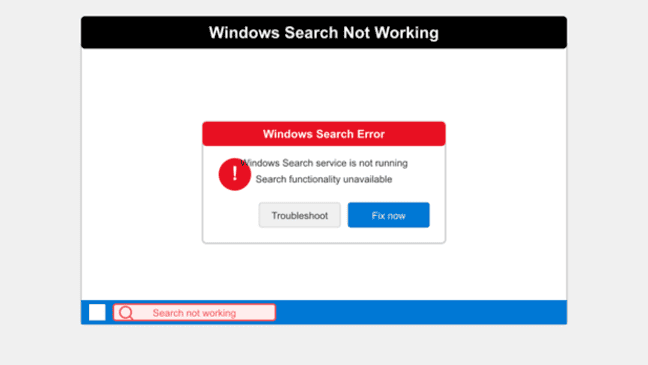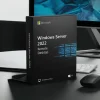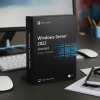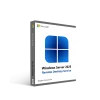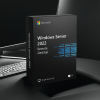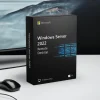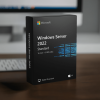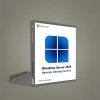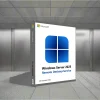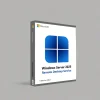Windows Search Not Working?
Windows Search is a fundamental feature that allows users to quickly find files, applications, and settings on their computers. When this essential function stops working properly, it can significantly hamper productivity and create frustration. Whether you’re experiencing slow search results, irrelevant findings, or a completely non-responsive search bar, this comprehensive guide will help you diagnose and fix the most common Windows Search problems.
Common Windows Search Issues
Before diving into specific solutions, it’s helpful to understand the typical problems users encounter with Windows Search:
- Search bar unresponsive: Clicking on the search icon or pressing the Windows key + S does nothing
- No search results: The search function works but returns no results
- Incorrect or incomplete results: Search returns only partial matches or misses files you know exist
- Extremely slow performance: Search takes an unusually long time to display results
- Indexing problems: Windows continuously shows “Indexing” status but never completes
Quick Fixes for Windows Search Problems
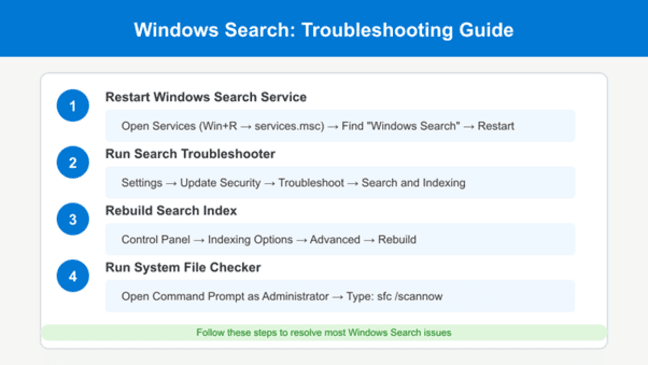
Let’s start with some quick troubleshooting steps that often resolve common search issues:
1. Restart Windows Explorer
Sometimes, simply restarting the Windows Explorer process can fix search problems:
- Press Ctrl + Shift + Esc to open Task Manager
- Find “Windows Explorer” in the Processes tab
- Right-click on it and select “Restart”
- Check if the search function is working properly again
2. Restart Windows Search Service
The Windows Search service might need to be restarted if it’s crashed or frozen:
- Press Win + R to open the Run dialog
- Type “services.msc” and press Enter
- Scroll down to find “Windows Search”
- Right-click on it and select “Restart”
- If it’s not running, select “Start” instead
3. Clear Search Index
A corrupted search index is often the culprit behind search problems:
- Open Control Panel
- Navigate to “Indexing Options.”
- Click “Advanced”
- Click “Rebuild” under the Troubleshooting section
- Confirm when prompted
- Wait for the indexing process to complete (this may take several hours)
Advanced Troubleshooting for Persistent Issues
If the quick fixes didn’t resolve your Windows Search problems, try these more advanced solutions:
Running the Windows Search Troubleshooter
Windows has a built-in troubleshooter specifically designed to fix search issues:
- Open Settings (Win + I)
- Go to Update & Security > Troubleshoot
- Select “Search and Indexing” under Find and fix other problems
- Click “Run the troubleshooter”
- Follow the on-screen instructions
Using SFC and DISM Tools
System corruption can sometimes affect the search functionality. The System File Checker (SFC) and Deployment Image Servicing and Management (DISM) tools can help repair these issues:
- Open the Command Prompt as administrator (right-click the Start menu and select “Command Prompt (Admin)”)
- Run the SFC command: sfc /scannow
- Wait for the process to complete (it may take 10-15 minutes)
If you encounter a “Windows resource protection could not perform the requested operation” error, it might indicate deeper system issues. In this case:
First, run DISM to prepare the system:
DISM /Online /Cleanup-Image /CheckHealthDISM /Online /Cleanup-Image /ScanHealthDISM /Online /Cleanup-Image /RestoreHealth
- Restart your computer
- Try running SFC again: sfc /scannow
Rebuilding the Search Index Database
If your search index is severely corrupted, a more thorough rebuild might be necessary:
- Open Registry Editor (Win + R, type “regedit”, press Enter)
- Navigate to: HKEY_LOCAL_MACHINE\SOFTWARE\Microsoft\Windows Search
- Find “SetupCompletedSuccessfully” and double-click it
- Change its value to 0
- Restart your computer
- The Search service will rebuild its database from scratch
Note: Always back up your registry before making changes.
Fixing Issues with the Windows Key
Sometimes Windows Search problems are related to the Windows key functionality. If you’re experiencing issues or accidentally triggering the search function, you might want to know how to disable Windows key temporarily:
Using Registry Editor
- Open Registry Editor
- Navigate to HKEY_LOCAL_MACHINE\SYSTEM\CurrentControlSet\Control\Keyboard Layout
- Right-click in the right pane and select New > Binary Value
- Name it “Scancode Map.” Double-click it and enter the following data: 00 00 00 00 00 00 00 00 03 00 00 00 00 00 5B E0 00 00 5C E0 00 00 00 00
- Restart your computer
Using Third-Party Software
Several third-party applications can disable the Windows key without registry editing:
- KeyTweak
- SharpKeys
- Windows Key Disabler
These applications provide a more user-friendly interface for managing key functions.
Optimizing Windows Search for Better Performance
If your search is working but performing poorly, consider these optimization techniques:
Manage Indexed Locations
Limiting the locations Windows indexes can improve search performance:
- Open Control Panel > Indexing Options
- Click “Modify”
- Uncheck locations you don’t frequently search
- Click OK
Adjust Indexing Settings for File Types
You can also control which file types get indexed:
- Open Control Panel > Indexing Options
- Click “Advanced”
- Click the “File Types” tab
- Check or uncheck file extensions based on your needs
Increase Indexing Speed
To temporarily boost indexing speed:
- Open Indexing Options
- Click “Advanced”
- Under “Troubleshooting,” check “Index encrypted files”
- Under “Performance,” move the slider toward “Faster indexing”
- Click OK
When to Reset or Reinstall Windows Search
In severe cases, you might need to reset or reinstall the search components:
Using PowerShell to Reset Windows Search
- Open PowerShell as administrator
Run the following command: Get-AppXPackage -Name Microsoft.Windows.Cortana | Foreach {Add-AppxPackage -DisableDevelopmentMode -Register “$($_.InstallLocation)\AppXManifest.xml”} - Restart your computer
Reinstalling Windows Search Components
For Windows 10/11 Pro or Enterprise editions:
- Open PowerShell as administrator
Run: Get-WindowsCapability -Online | Where-Object {$_.Name -like ‘SearchEngine*’} | Add-WindowsCapability -Online - Restart your computer
Preventive Measures for Future Search Issues
To avoid search problems in the future, consider these preventive practices:
- Regular system maintenance: Run disk cleanup and defragmentation regularly
- Keep Windows updated: Install the latest updates and security patches
- Moderate indexing scope: Only index locations you frequently search
- Scan for malware: Malicious software can sometimes interfere with system functions
- Monitor system resources: Ensure your computer has adequate resources for indexing
Conclusion
Windows Search is a vital component of the operating system that enhances productivity when working correctly. While it can sometimes malfunction, most search issues can be resolved using the troubleshooting steps outlined in this guide. From simple service restarts to more complex registry edits, these solutions address the most common causes of Windows Search problems.
If you’ve tried all these methods and still experience issues, it might indicate deeper system problems that could require a Windows repair installation or contacting Microsoft Support for further assistance. Remember that maintaining your system with regular updates and cleanups is the best way to prevent search and other system issues from occurring in the first place.
By applying the appropriate fixes from this guide, you should be able to restore your Windows Search functionality and return to quickly and efficiently locating your files, applications, and settings.
References
- Microsoft Community: https://answers.microsoft.com/en-us/windows/forum/all/windows-10-search-bar-not-working-correctly-keeps/8b76b755-6e51-4d9c-bd28-9b1edcaedc02
- Lifewire: https://www.lifewire.com/fix-windows-10-search-4176188
- My Computer Works: https://mycomputerworks.com/how-to-fix-windows-search-bar/
- Reddit – r/techsupport: https://www.reddit.com/r/techsupport/comments/1fgx3dz/windows_search_bar_doesnt_load_properly/
- YouTube – Troubleshooting Guide: https://www.youtube.com/watch?v=8k8Tbp8h26o



